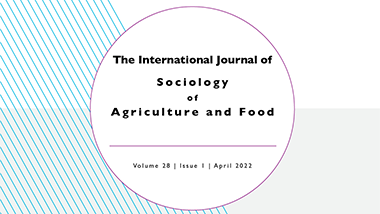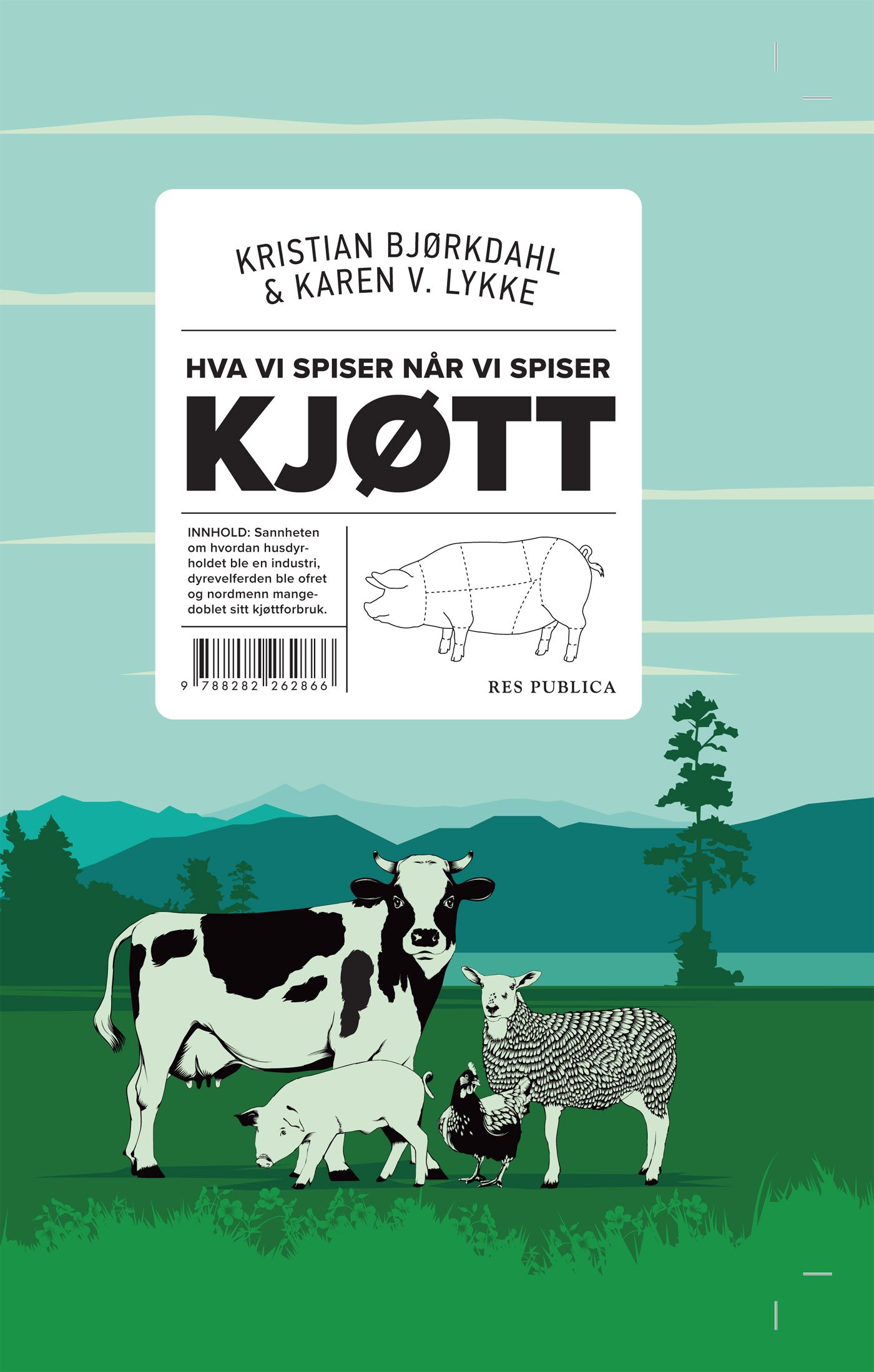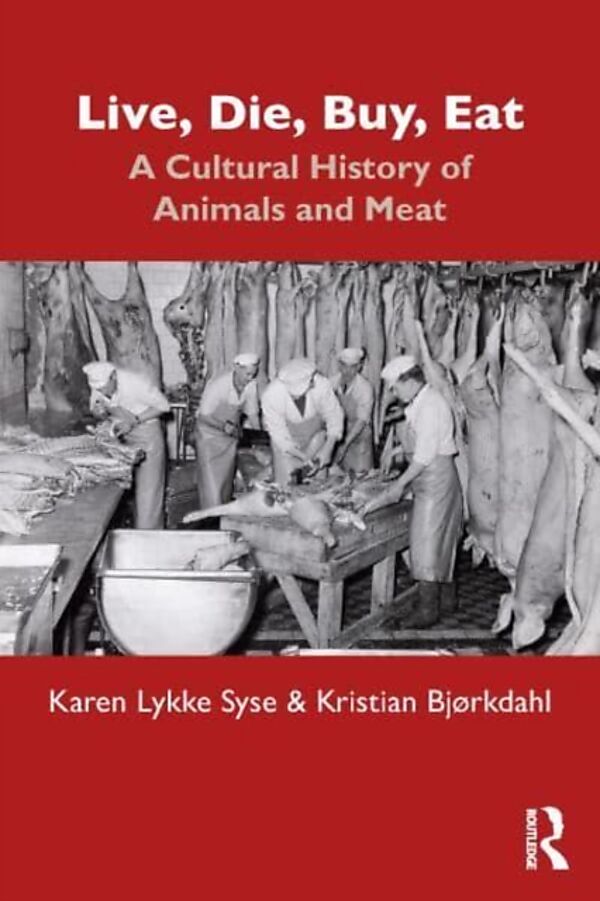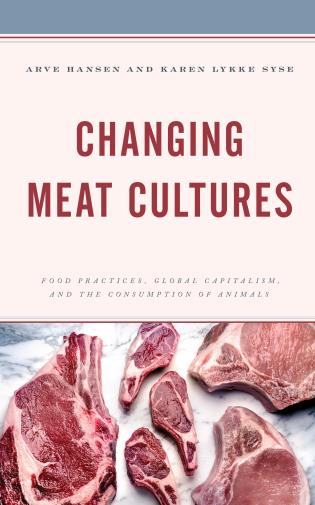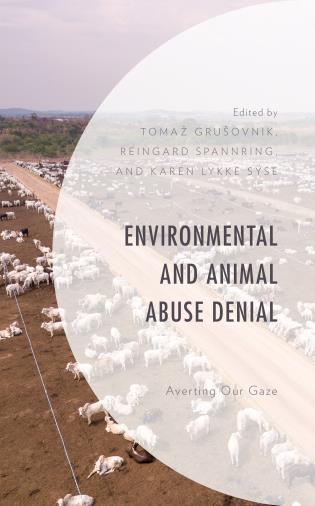About the Group
The globalization of food systems creates a wealth of conflicts and paradoxes, ethical considerations and dilemmas both in the Global South and North. Trade in cereals and oilseed to feed livestock, coupled with overabundant use of chemical fertiliser to feed fields, causes nitrogen surpluses on one hand and exhausts soils of organic matter on the other hand. We need to understand the complex patterns shaping what we eat, how we eat, who has access to what kind of food, and how food production and consumption shapes both planetary and human health.
We link production, consumption, environment, landscapes and economy with human- and soil health. Thus, the participants in this group investigate the factors that impact the journey food takes from the farm to peoples’ tables across the world. By doing so, we unveil shifting power relations and try to understand the drivers of change towards sustainable food systems.
Current explanations of food and nutrition security tend to focus either on our food production system or the culture of consumption. The most critical gap in the research on sustainable food systems lies in the lack of comprehensive, inter-relational knowledge along the whole food chain.
We propose that to fully grasp the politics, practices and culture of food we need to explore the entire food chain from farm to fork; globally, nationally and locally.
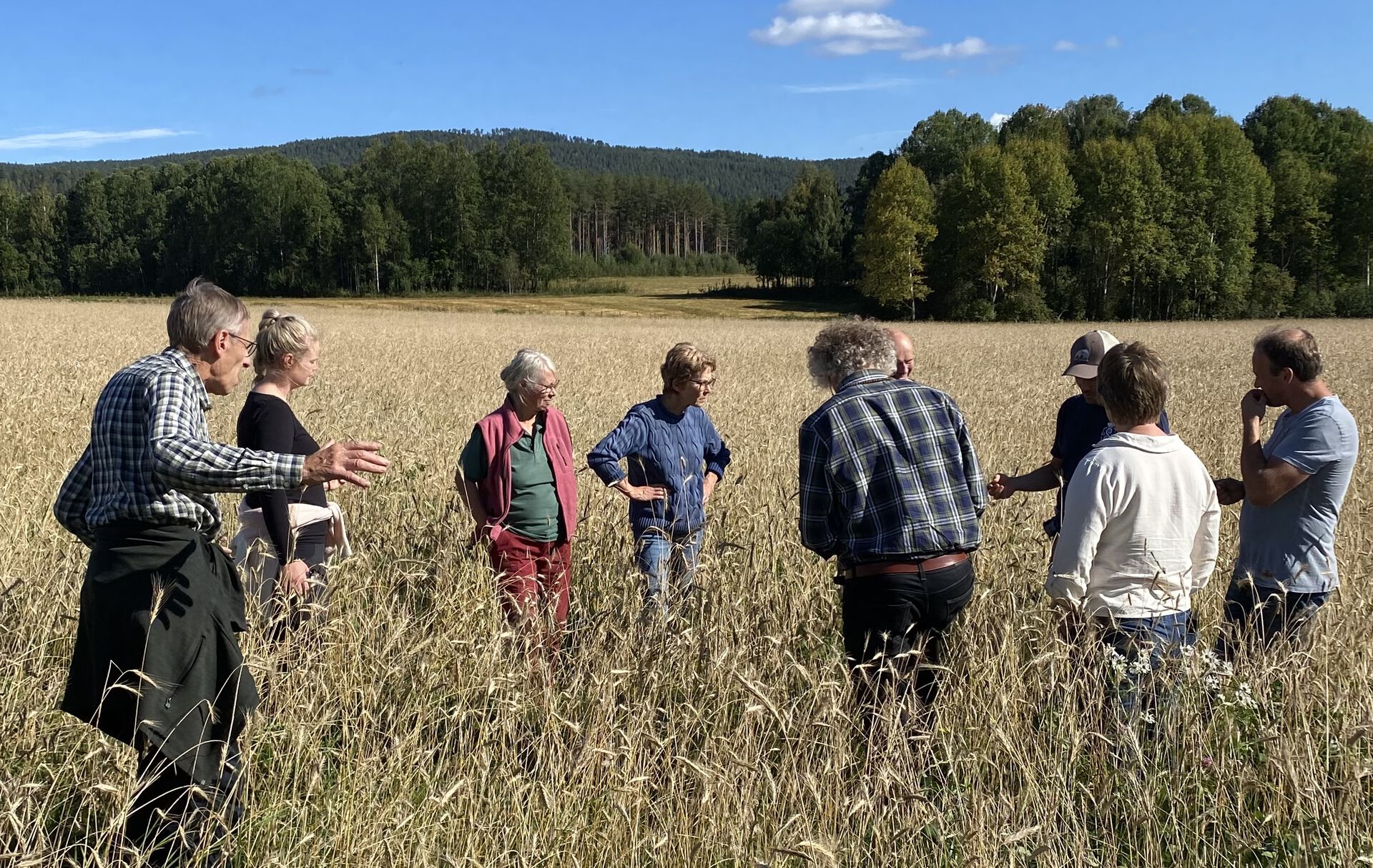
Topics of interest
- The effects of food production on soil health, ecosystems and landscapes
- Food consumption and practices
- Food cultures
- The social, cultural and political dimensions of agriculture
- Power in global and local food systems
- The local and global impact of the industrial grain-oilseed-livestock complex
- Sustainable diets
- Human-nature relationships
- Meat production and pandemics
Our key focus areas are meat, soil and landscapes.
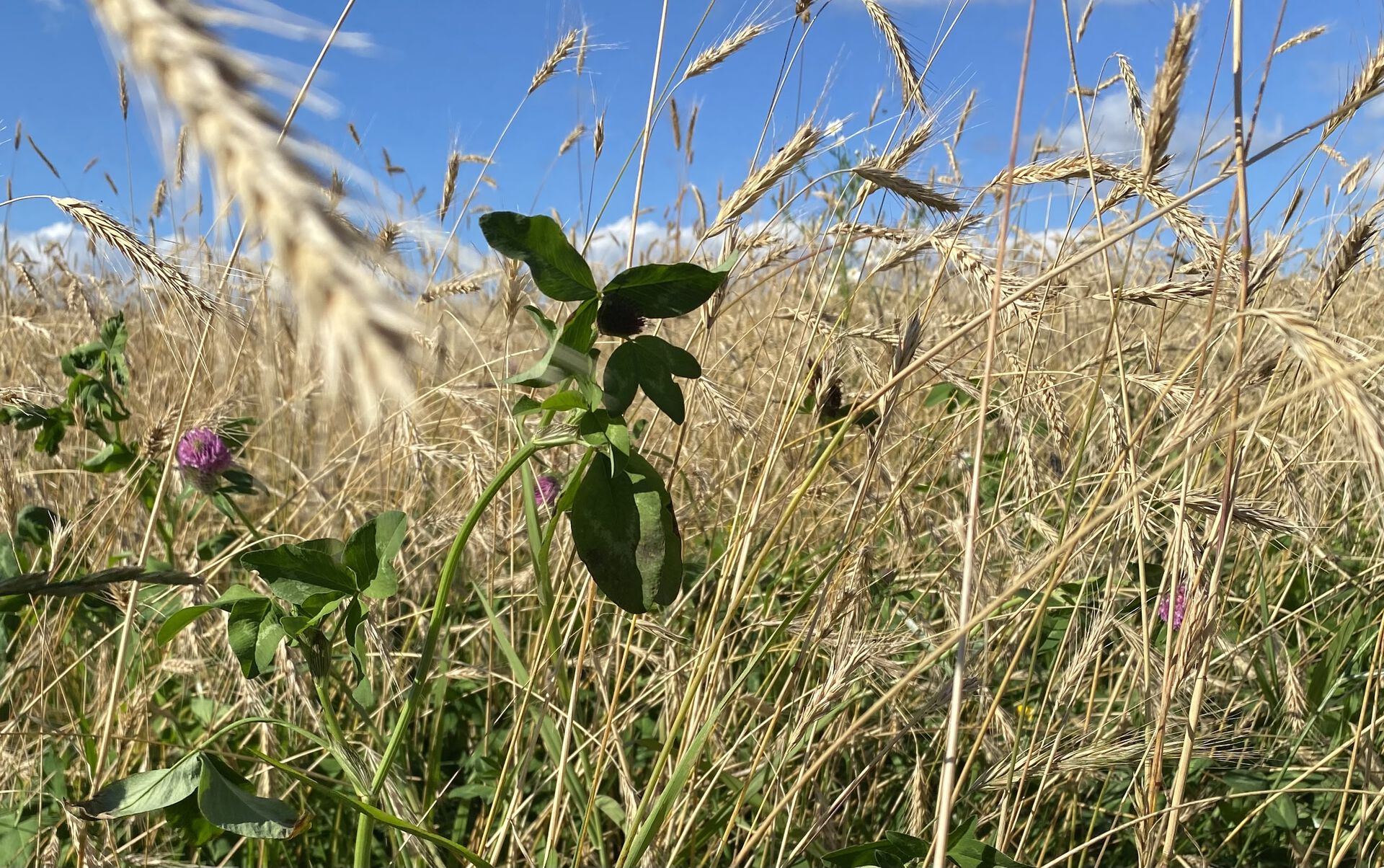
Meat
The production and consumption of meat have major consequences for the climate and environment, as well as on human and animal health. Additionally, meat production increases the risk of spreading contagious diseases with pandemic potential. Meanwhile, both individuals and the industry, together with various political actors, actively resist limiting the role of meat in society. Meat is not just food. Meat is identity, power and culture.
We research the underlying historical, social, cultural, political and economic systems that shape both the current meat production and the possibilities for a sustainable shift in the position of meat in the food system.
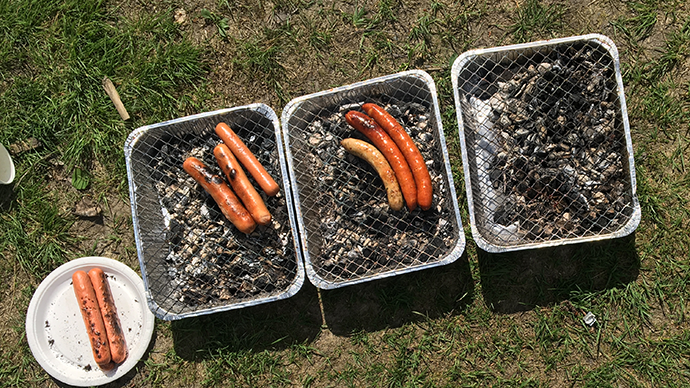
Soil and landscapes
Soil is the basis for all land-based food production, the largest carbon store and the most biodiverse ecosystem on the planet. Industrial food production based on excessive use of fertilizers, pesticides and monocultures is detrimental to soil biology – the glue holding soil in place. Soil is washed into waterways, eroded as dust in the wind and oxidized into greenhouse gases. Agricultural practices have great implications for landscapes at both micro- and macro levels. It is imperative that we rebuild soil to secure both food production and a liveable climate in the future.
Our projects exploring the link between soil, landscapes and agriculture are RegenRegion: Rejuvenating Soils and Societies and RIPARAGRO: Restoring Riparian Zones on Agricultural Lands.
We research how the social, cultural and political frameworks of food systems affect the transition to an agriculture which regenerates the soil.
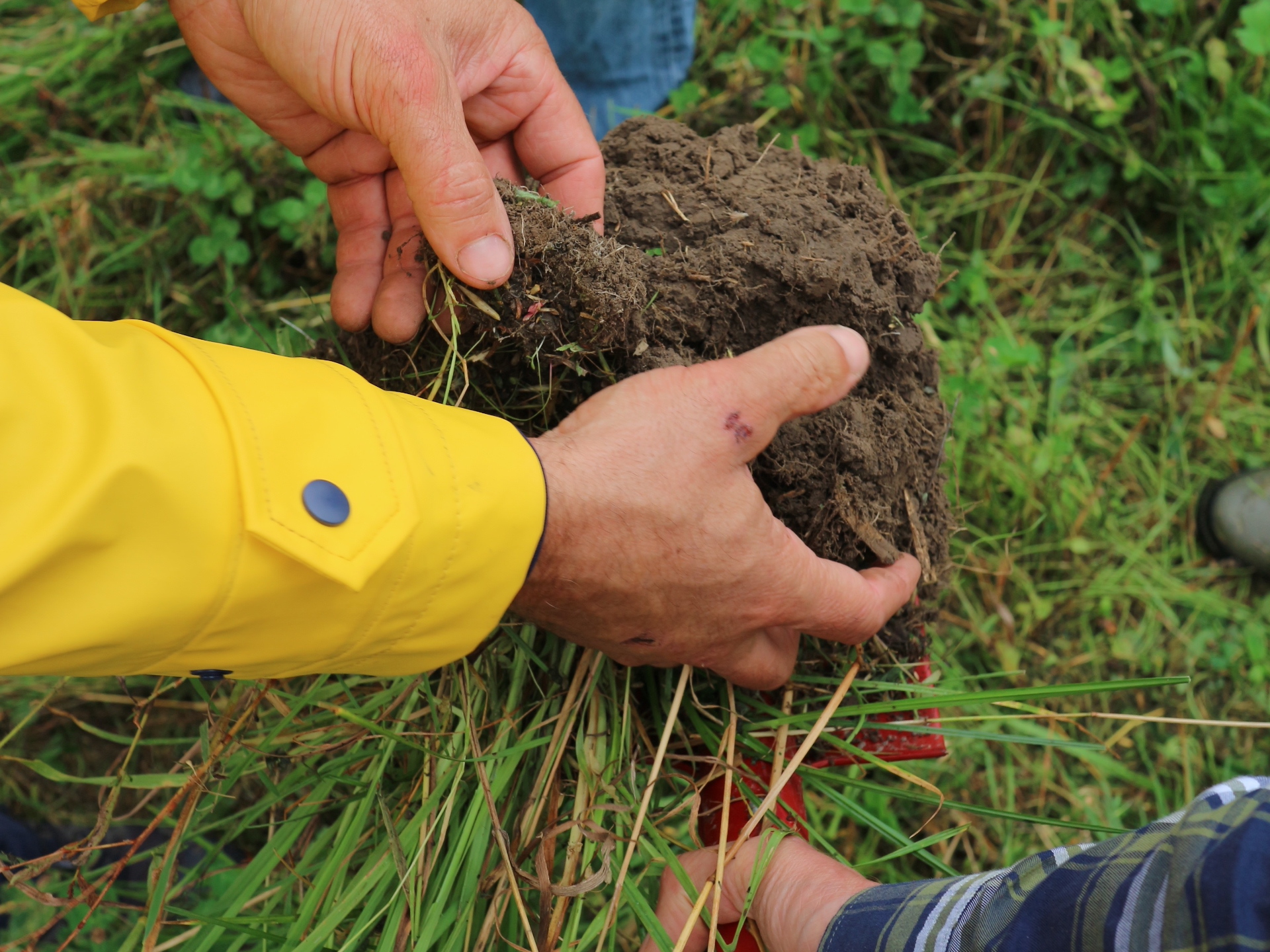
Academic programmes and courses
- SUM4027 - Food and Sustainability
- SUM4035 - Past, present and future meat cultures in a local and global context

